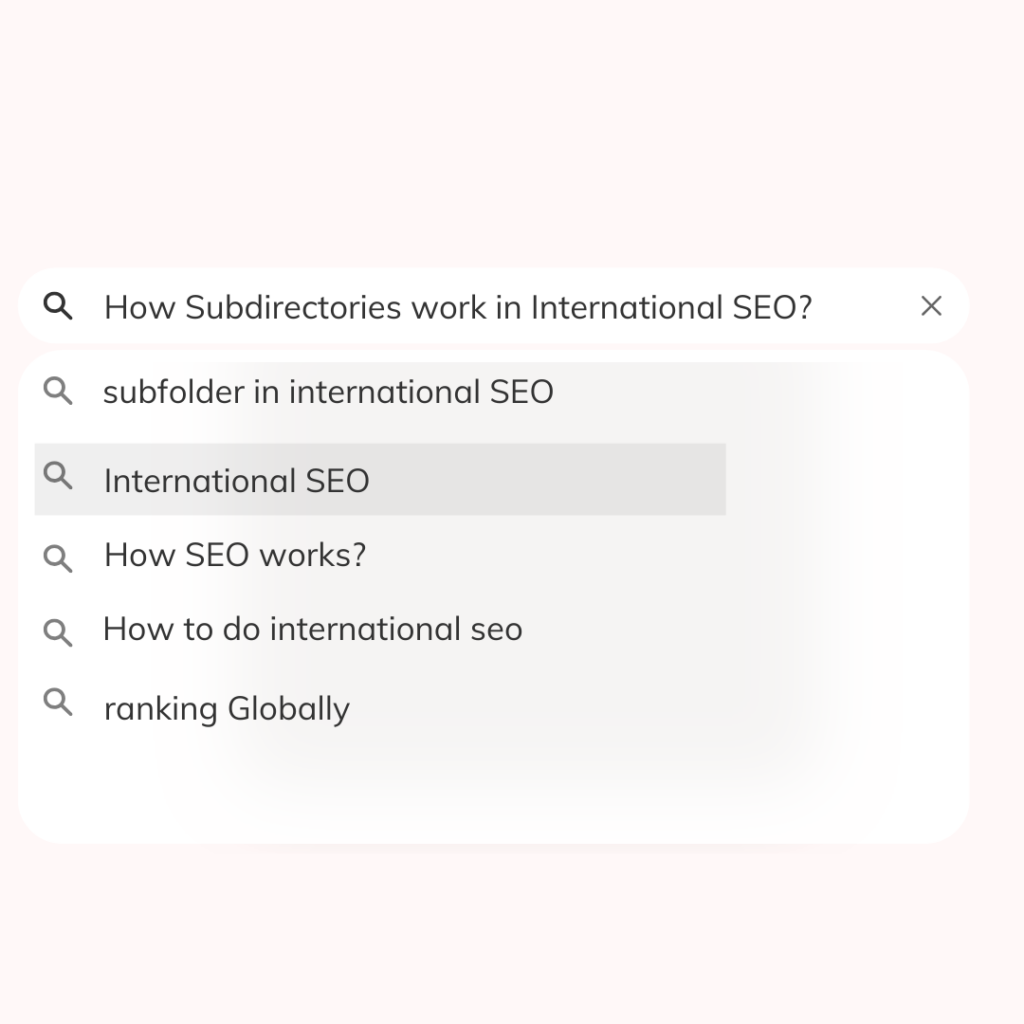Sidhak Verma
Myself Sidhak I am a student and a content writer. I share my ideas on social media and finding ways of earning money online on the internet.
Expanding a website for international audiences is an important strategy for companies seeking to have a presence in multiple regions. However, effective...

Image Credits: canva
Expanding a website for international audiences is an important strategy for companies seeking to have a presence in multiple regions. However, effective international SEO requires careful consideration of website structure. One of the most important issues is how to organise material for various languages and areas. Subdirectories frequently allow businesses to maintain overseas versions of their websites. But how effective are they in SEO? How do they compare to other possibilities, such as subdomains and country-code top-level domains (ccTLDs)? In this post, we’ll look at how subdirectories work in international SEO, including their benefits, best practices, and possible drawbacks.
A subdirectory is a part of a website’s URL structure that reflects a single piece of content. In international SEO, subdirectories are used to organise information by language or location.
For example:
Each subdirectory is viewed as a subsection of the main domain rather than a separate website. This enables organisations to manage many languages or regions using a single domain.
There are various reasons why companies choose subdirectories over subdomains or ccTLDs for international SEO.
Using subdirectories is more cost-effective than managing many domains or subdomains. Because everything is hosted under a single domain, there is no need for several domain registrations or hosting providers.
Search engines, particularly Google, treat subdirectories as part of the main domain. This means that backlinks, traffic, and user engagement all help improve the main website’s SEO. They provide authority and ranking signals.
Subdirectories enable enterprises to keep a single content management system (CMS) and analytics configuration, making it easier to track performance and make modifications.
Businesses have three primary options for structuring international content:
| Feature | Subdirectories | Subdomains | ccTLDs |
| Cost | Low | Moderate | High |
| Maintenance | Easy | Moderate | Complex |
| Domain Authority | Shared | Separate | Separate |
| SEO Complexity | Lower | Higher | Highest |
| Best for | Language targeting | Brand segmentation | Country-specific content |
Subdirectories are ideal for companies looking to expand globally without developing distinct domain structures for each country or language.
Google treats subdirectories as part of the main domain, meaning that they:
To optimise subfolders for international SEO, organisations should follow these recommended practices:
Hreflang tags help search engines serve the correct language version to users. For example:
<link rel=”alternate” hreflang=”es” href=”https://example.com/es/” />
<link rel=”alternate” hreflang=”fr” href=”https://example.com/fr/” />
A clear and simple URL structure improves SEO and user experience. Instead of example.com/spanishversion/, use example.com/es/.
Ensure that content is properly translated and localised for cultural relevance.
To track SEO performance, businesses should:
Some organisations take a hybrid method, combining subdirectories and subdomains to improve regional targeting. In some circumstances, ccTLDs may be better suited for country-specific branding.
Subdirectories are an affordable and SEO-friendly approach to handling multinational websites. They enable businesses to centralise domain authority, simplify content management, and enhance indexing. However, success is contingent upon correct hreflang implementation, localisation, and technical SEO optimisation.
Suggested:
A Complete Guide to Learn SEO.